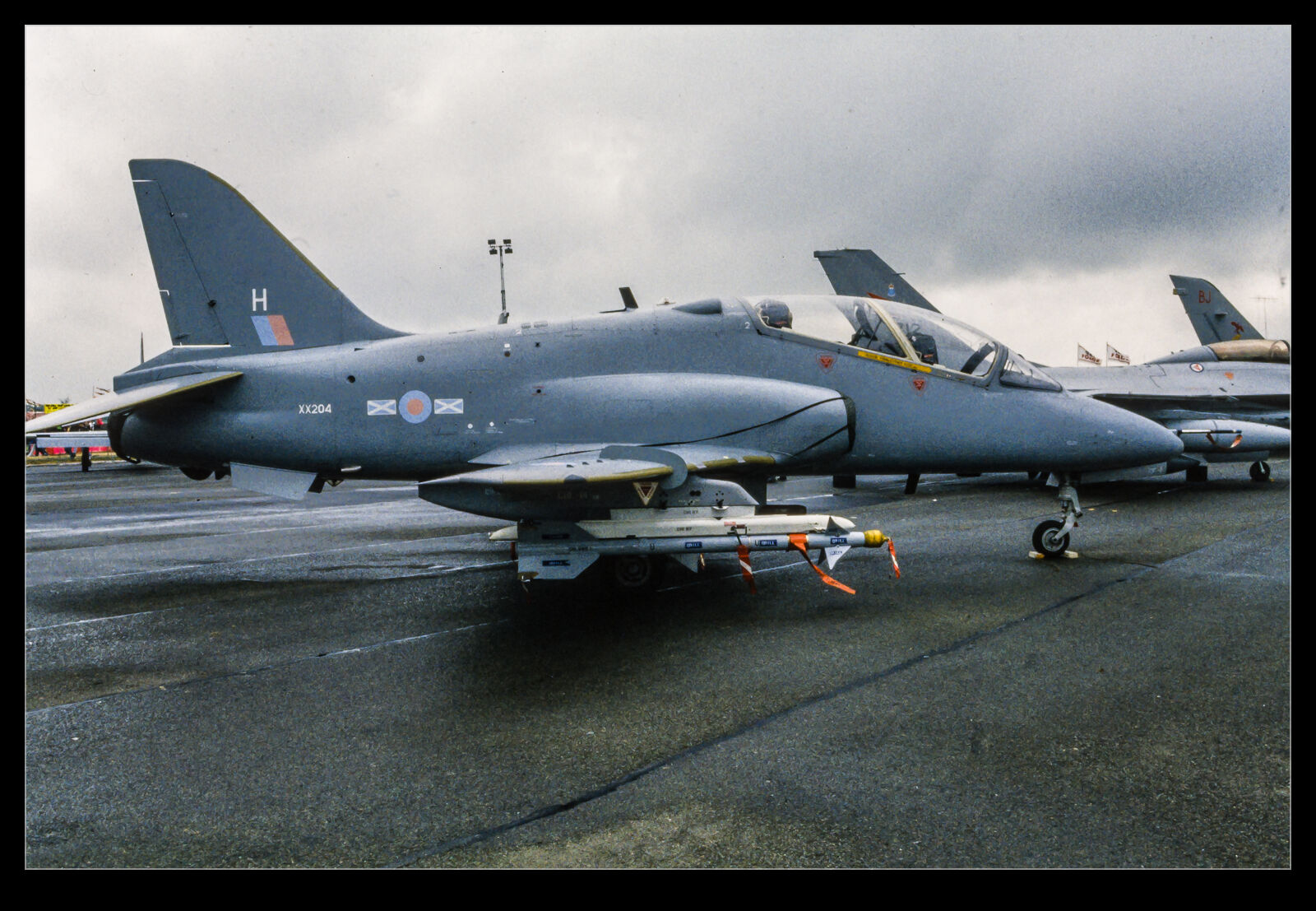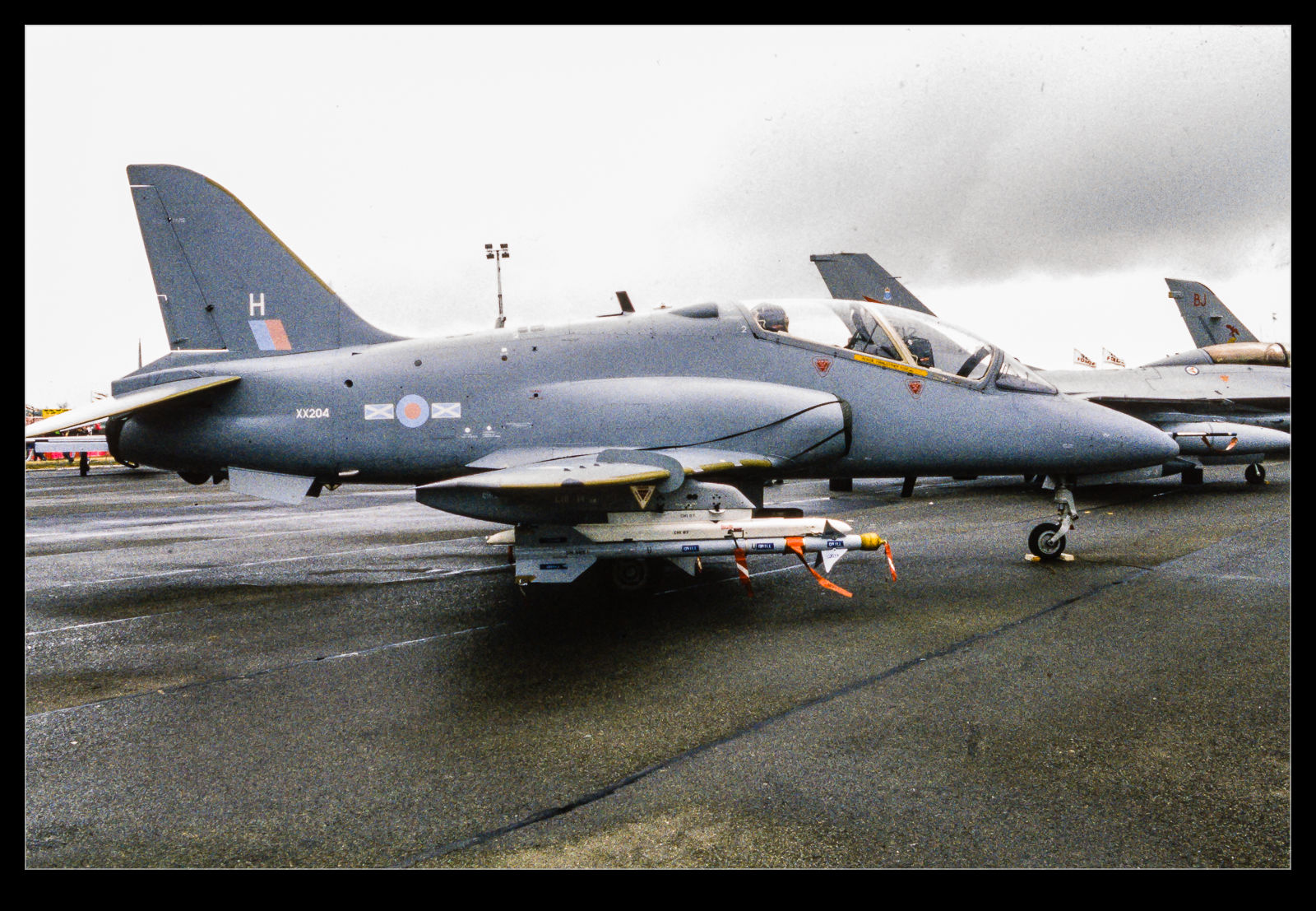When I am working on a project that relates to something older than 10 years ago, I have to dig into my film archives and see what I have shot in the days before digital came along. Almost invariably, when I undertake such a task, I am struck by how things have changed when shooting digitally compared with film.
There are two main differences I notice between now and then. First the number of shots and second the quality I can get from them. I should, at this point, confess that I always shot negatives rather than transparencies (well, almost always) when I was a film shooter and they will be plenty of photographers who will consider never speaking to me again as a result. However, while the reasons for that are in the distant past, I don’t know whether it would really change much at this point.
Numbers are easily explained. When I shot film, every frame had a cost. The film had to be bought and then it had to be processed. It also then needed to be stored which I didn’t always do as well as I should. Consequently, some images that should be available are in less than perfect condition. That is my fault, of course, not that of the technology. This cost meant that shots were taken sparingly.
When I went to airshows in the late 80s, I would probably shoot about six or seven rolls of the 36 exposure. I used to think this was a lot and my none photographic friends used to think it was extravagant. About 200 shots was a lot. Compare that to a show today and I can safely say things have changed. I would miss good shots because I was waiting for what I hoped was the slightly better one to come. Now I shoot all of them and worry later. A reduction in skill and technique? Maybe or perhaps it is just making use of what is available to you. Certainly, I can experiment with a number of different shot types now in a way I couldn’t before. Slow shutter speeds are a particular example.
I still have to store them of course but storage is cheap and digital files don’t degrade – you can lose them completely of course but backups are straightforward which they certainly weren’t for film!
Quality is another issue. RAW converters continue to improve and you can extract some good detail from the shadow and highlight areas if you are not too reckless. The film is set at development and then you have to work with it. Again, a skill that can be controlled but going back is a lot more difficult. I don’t have access to the best of film scanners but getting a crop out of an old neg is a bit hit or miss. Compare that with a crop of a digital file and I think the benefits to me are obvious.
I look at shots of long gone airframes from events in my past. First, I wish I could have them as digital files from a camera rather than a scanner. However, I am more shocked when I see something rare and look at the next few frames to see what I shot and see a totally different subject. How could I have been so blase? I guess this is a lesson to learn now. We might be bored with what we see a lot of now but, one day, these things will be history too so we had better make the best of what we have now and learn from our/my mistakes of the past.

 Since I could see some detail in the original slide, I figured an HDR approach might be of use. I took three shots of the slide with differing exposure – an inconvenient thing to do when tethered since the AEB function didn’t seem to work on the 40D in that mode – and then ran the HDR function in Lightroom on the three exposures. Despite the borders possibly confusing the algorithm, it seemed to do a pretty reasonable job of getting more of the image in a usable exposure range. This is not a great image and would not normally be making it to the blog but, as an example of getting something more out of a problem shot, I thought it might be of interest to someone.
Since I could see some detail in the original slide, I figured an HDR approach might be of use. I took three shots of the slide with differing exposure – an inconvenient thing to do when tethered since the AEB function didn’t seem to work on the 40D in that mode – and then ran the HDR function in Lightroom on the three exposures. Despite the borders possibly confusing the algorithm, it seemed to do a pretty reasonable job of getting more of the image in a usable exposure range. This is not a great image and would not normally be making it to the blog but, as an example of getting something more out of a problem shot, I thought it might be of interest to someone. I am in the process of experimenting with a new approach to scanning old photographs. For many years I have been using a Minolta Scan Dual III scanner. It can accept strips of negatives or slides and does a reasonable job of scanning them in. It is a bit labor intensive and is certainly not fast. Moreover, the scanner is not terribly reliable and it will often hang mid scan requiring me to restart it and close down the application before restarting that too. Since it takes a long time, I often get it running and go and do something else so I might miss the problem.
I am in the process of experimenting with a new approach to scanning old photographs. For many years I have been using a Minolta Scan Dual III scanner. It can accept strips of negatives or slides and does a reasonable job of scanning them in. It is a bit labor intensive and is certainly not fast. Moreover, the scanner is not terribly reliable and it will often hang mid scan requiring me to restart it and close down the application before restarting that too. Since it takes a long time, I often get it running and go and do something else so I might miss the problem. I am taking the images at my desk so I am able to tether the camera to the computer and use Lightroom to capture the images directly. This has actually provided me with an opportunity to drag out one of my older bodies that doesn’t get used anymore. My old 40D has been sitting on a shelf for a long time but it has come back into use for this project. It has more than enough resolution for this task. (Unfortunately, the batteries are now rather old and don’t hold a charge well so I am going to get an AC adapter from Amazon for ten dollars which should free me to scan as much as I want.)
I am taking the images at my desk so I am able to tether the camera to the computer and use Lightroom to capture the images directly. This has actually provided me with an opportunity to drag out one of my older bodies that doesn’t get used anymore. My old 40D has been sitting on a shelf for a long time but it has come back into use for this project. It has more than enough resolution for this task. (Unfortunately, the batteries are now rather old and don’t hold a charge well so I am going to get an AC adapter from Amazon for ten dollars which should free me to scan as much as I want.) The image is now recognizable but not there yet. Now I have to do some manual manipulation to tidy it up. The sliders have to be used carefully in this case because they are now working in reverse as a result of the tone curve that I applied. This requires some thought. Exposure is still exposure but is reversed. Usually shots look a bit washed out so, what would normally by the Blacks slider is now the Whites. Shadows are handled with the Highlights and vice versa. It takes a bit of getting used to but it is not too hard after some practice. I tried using Auto Tone but it did not do a great job. I imagine the algorithms were not designed for operating in reverse!
The image is now recognizable but not there yet. Now I have to do some manual manipulation to tidy it up. The sliders have to be used carefully in this case because they are now working in reverse as a result of the tone curve that I applied. This requires some thought. Exposure is still exposure but is reversed. Usually shots look a bit washed out so, what would normally by the Blacks slider is now the Whites. Shadows are handled with the Highlights and vice versa. It takes a bit of getting used to but it is not too hard after some practice. I tried using Auto Tone but it did not do a great job. I imagine the algorithms were not designed for operating in reverse!